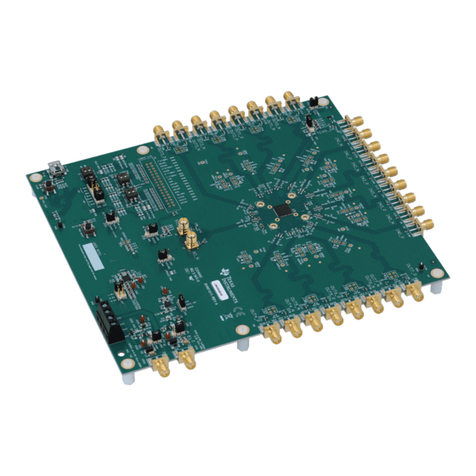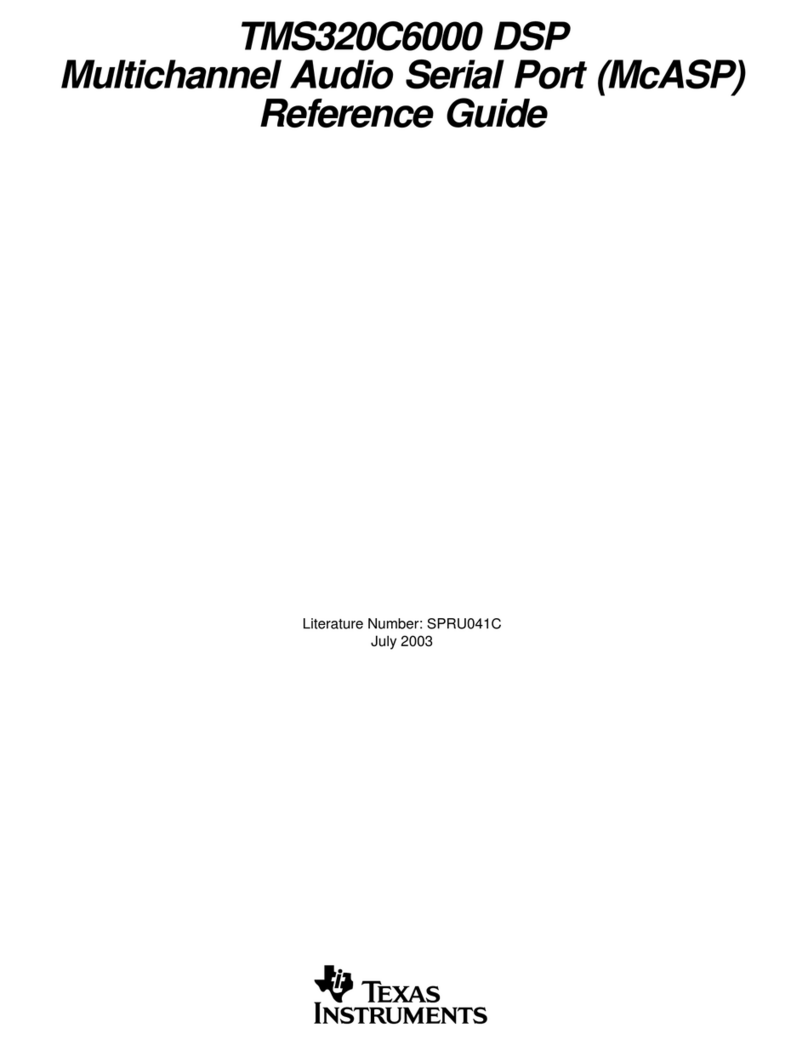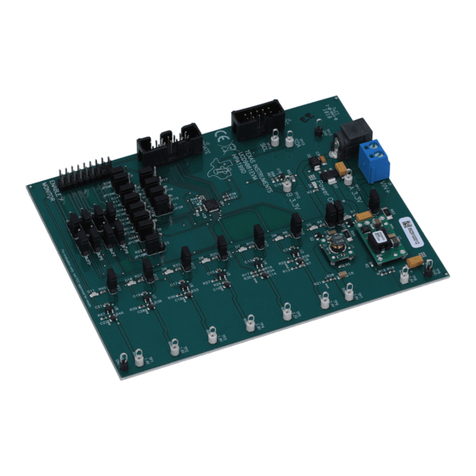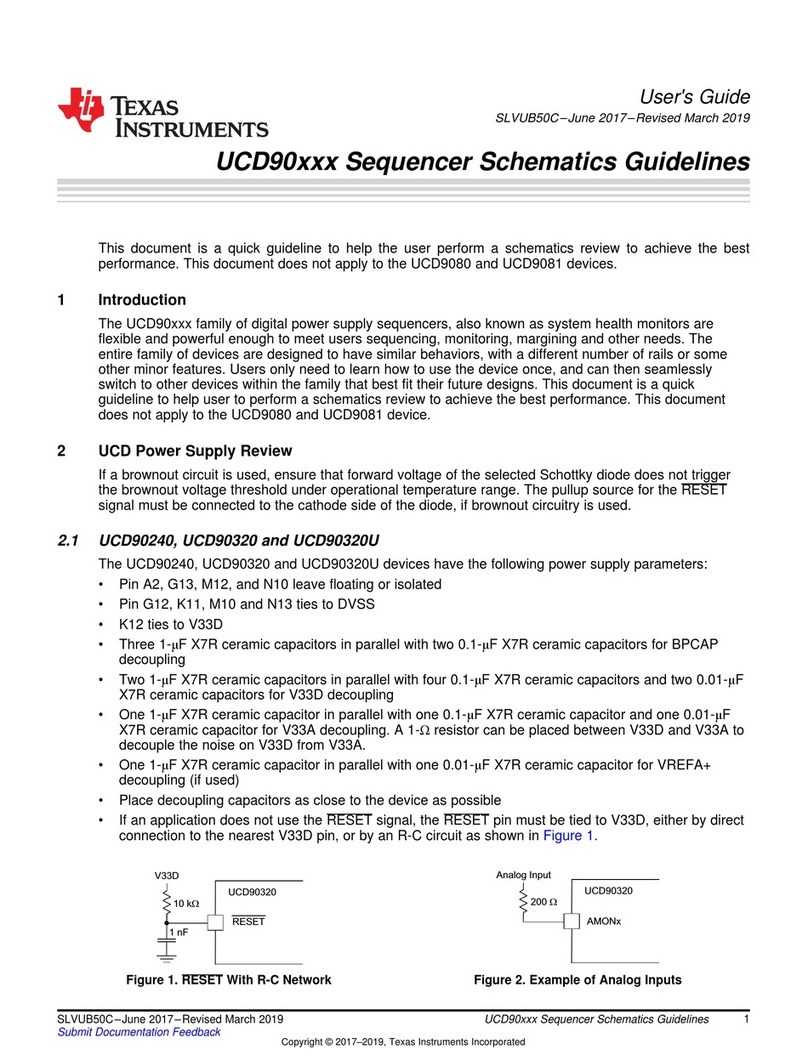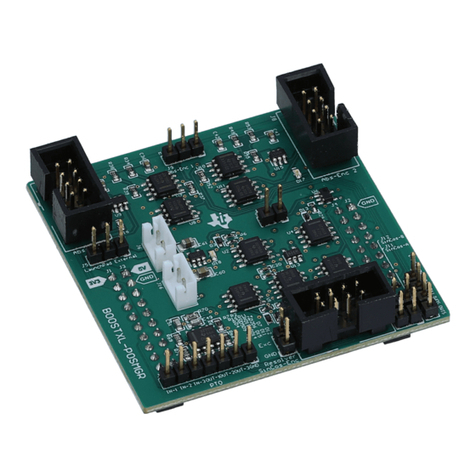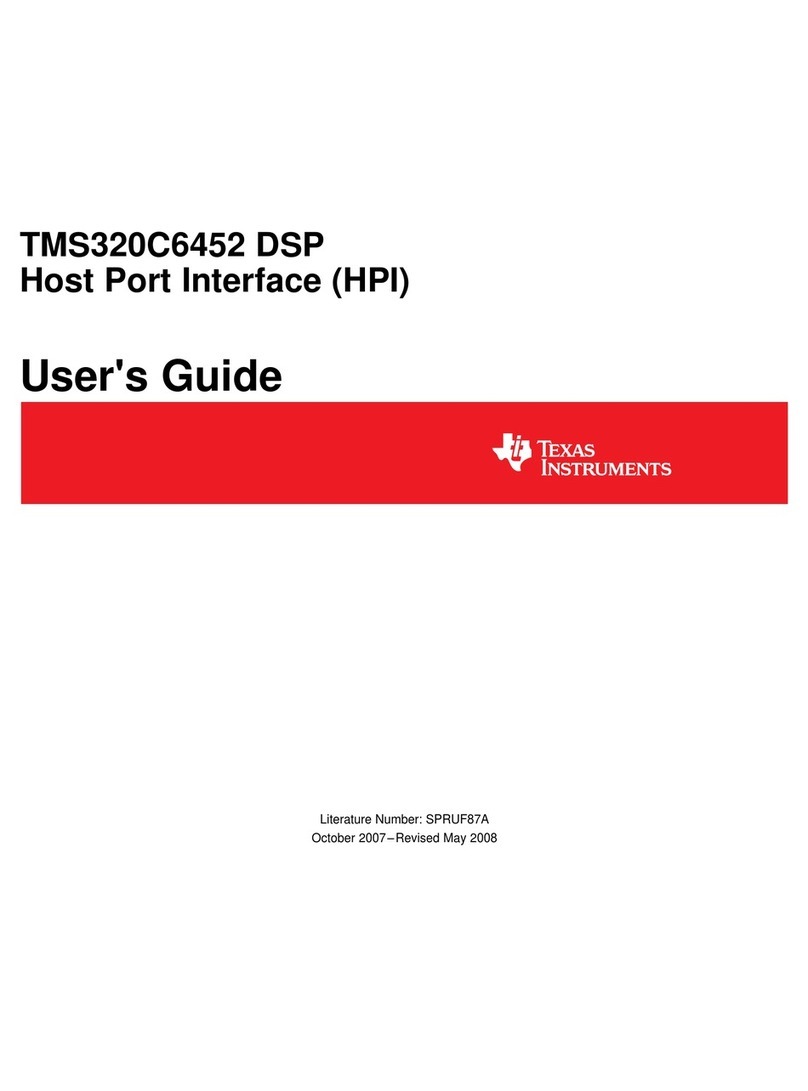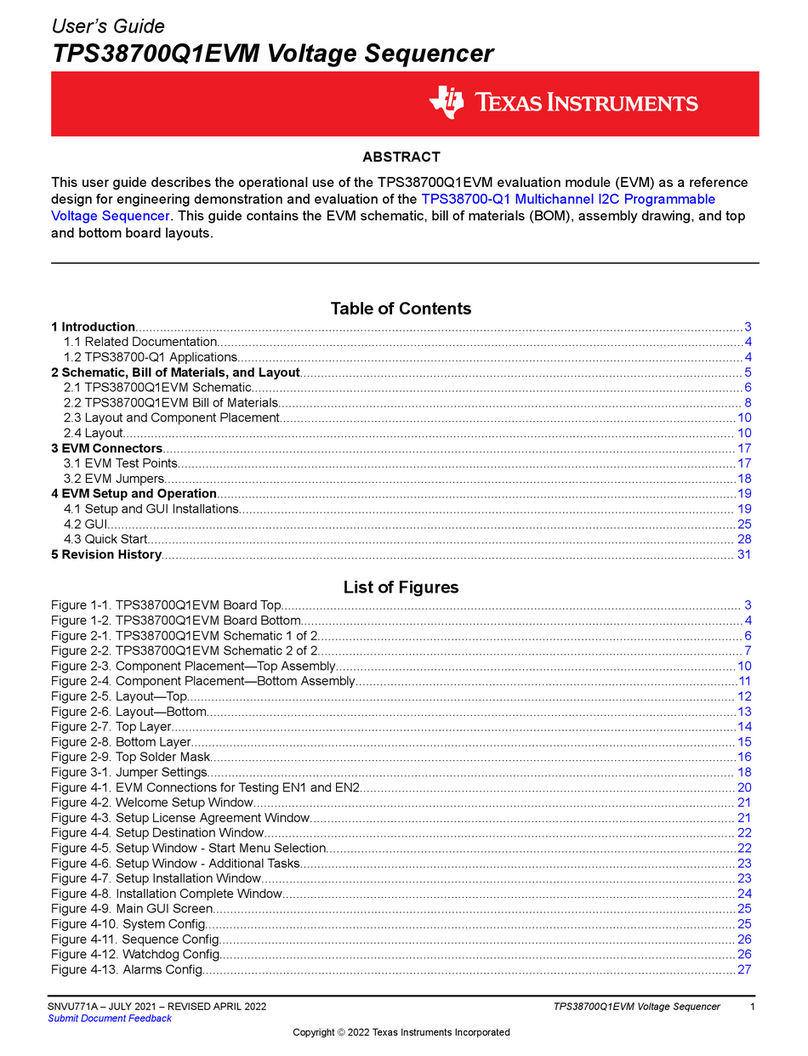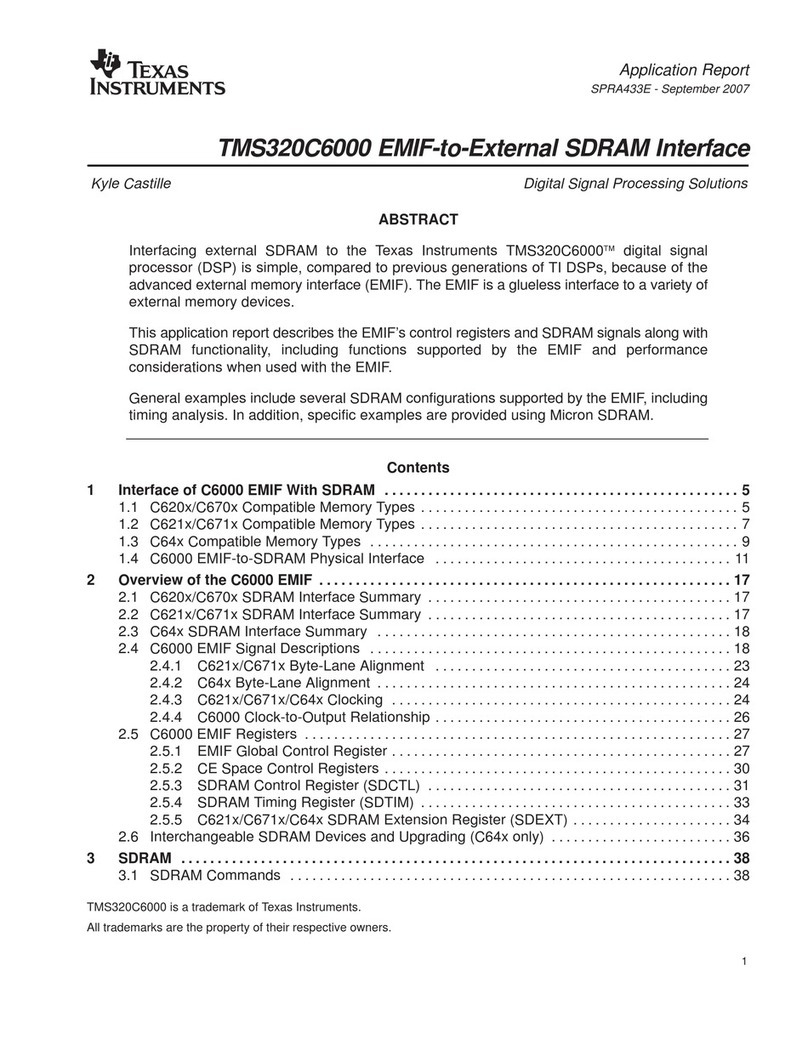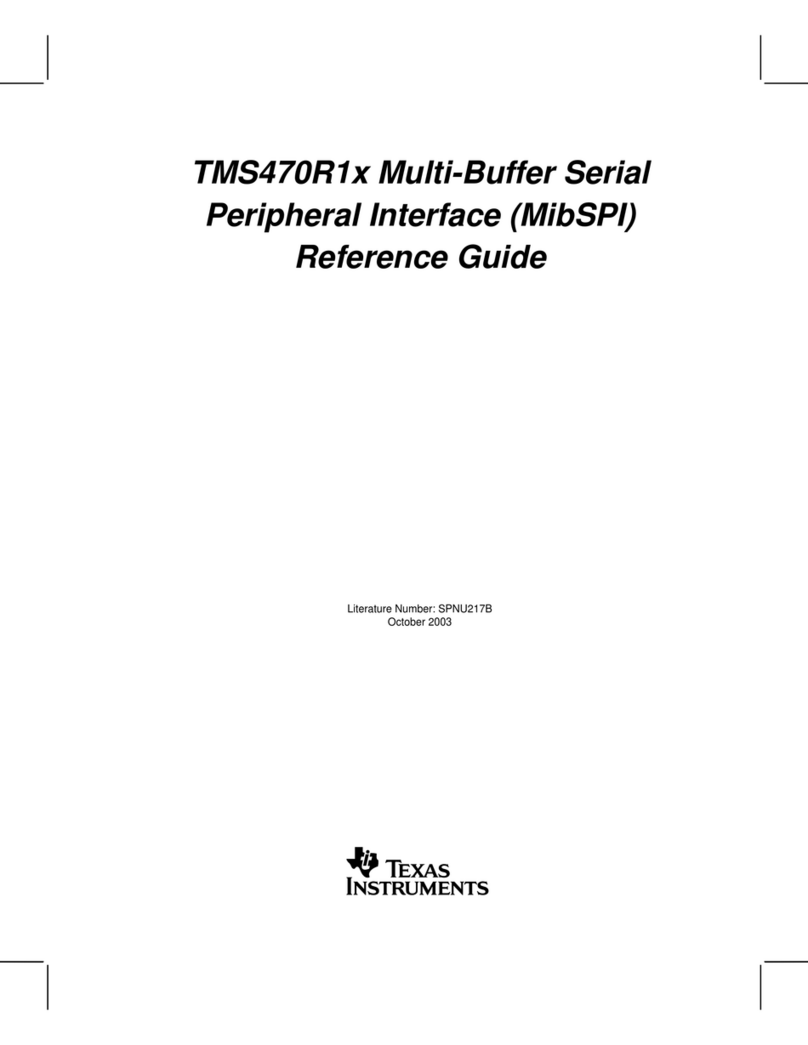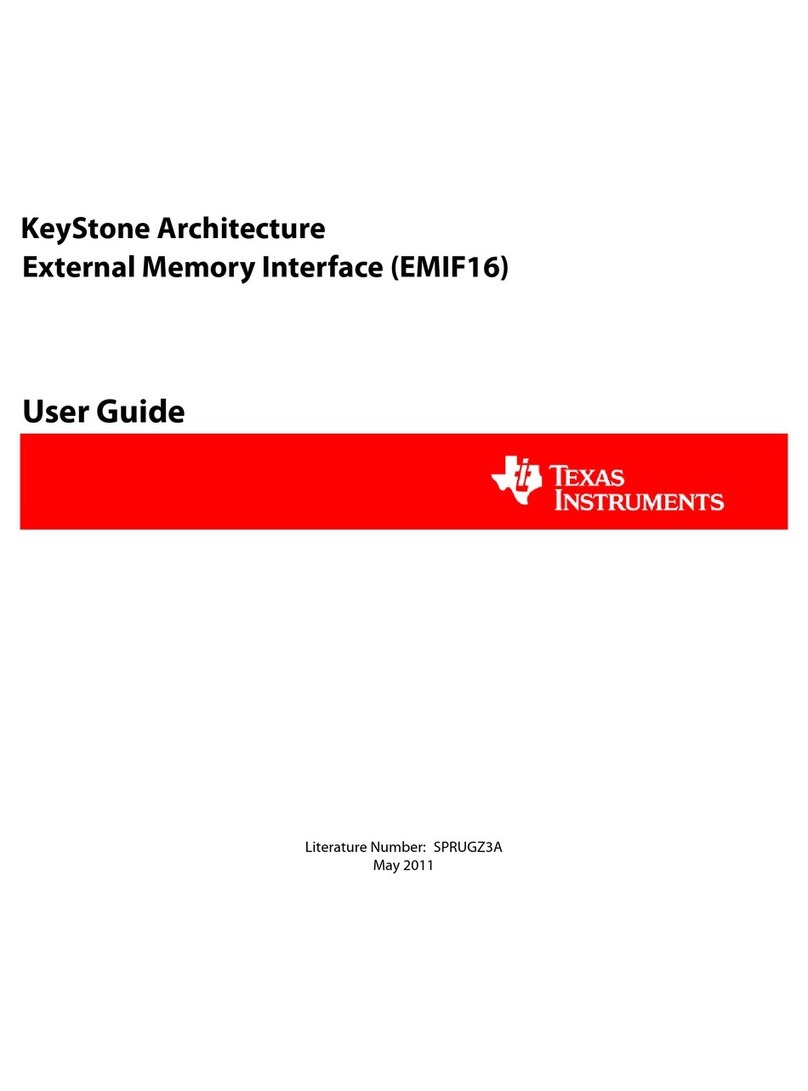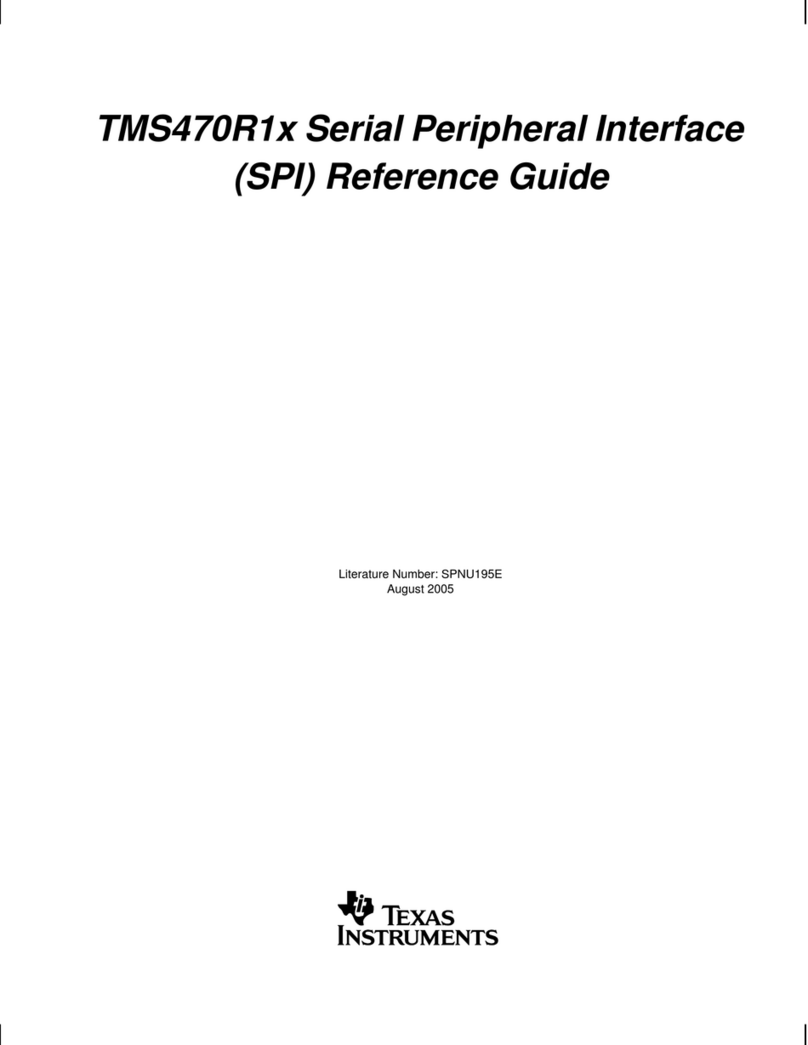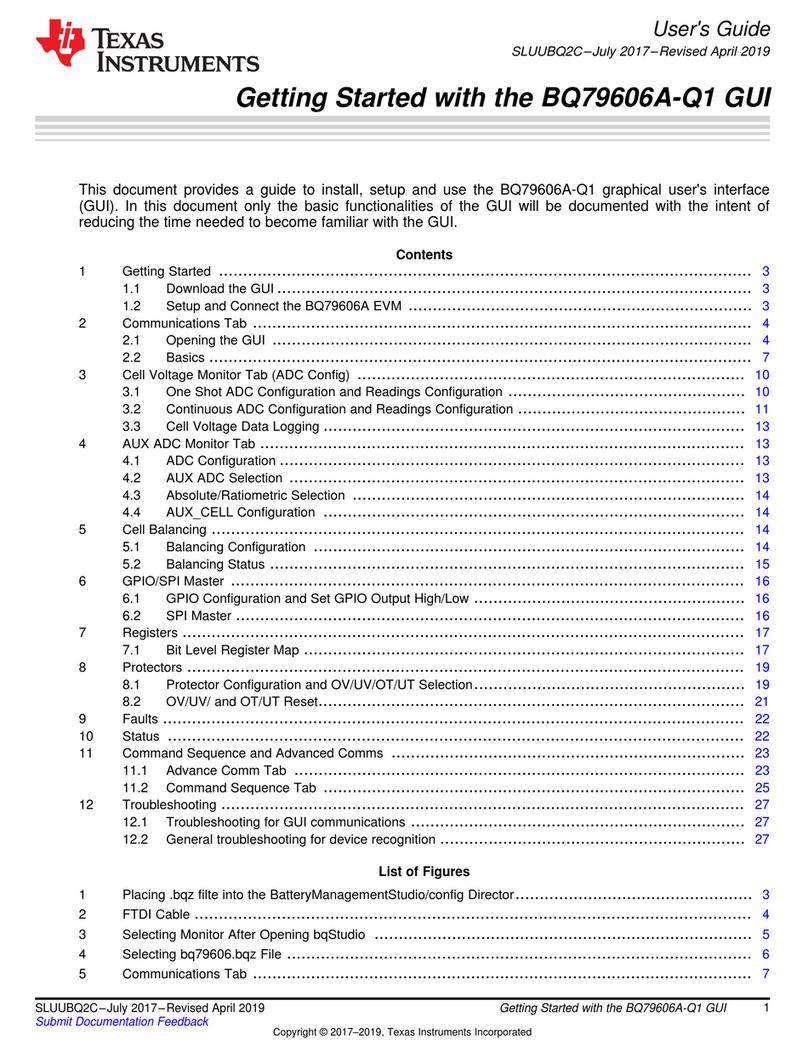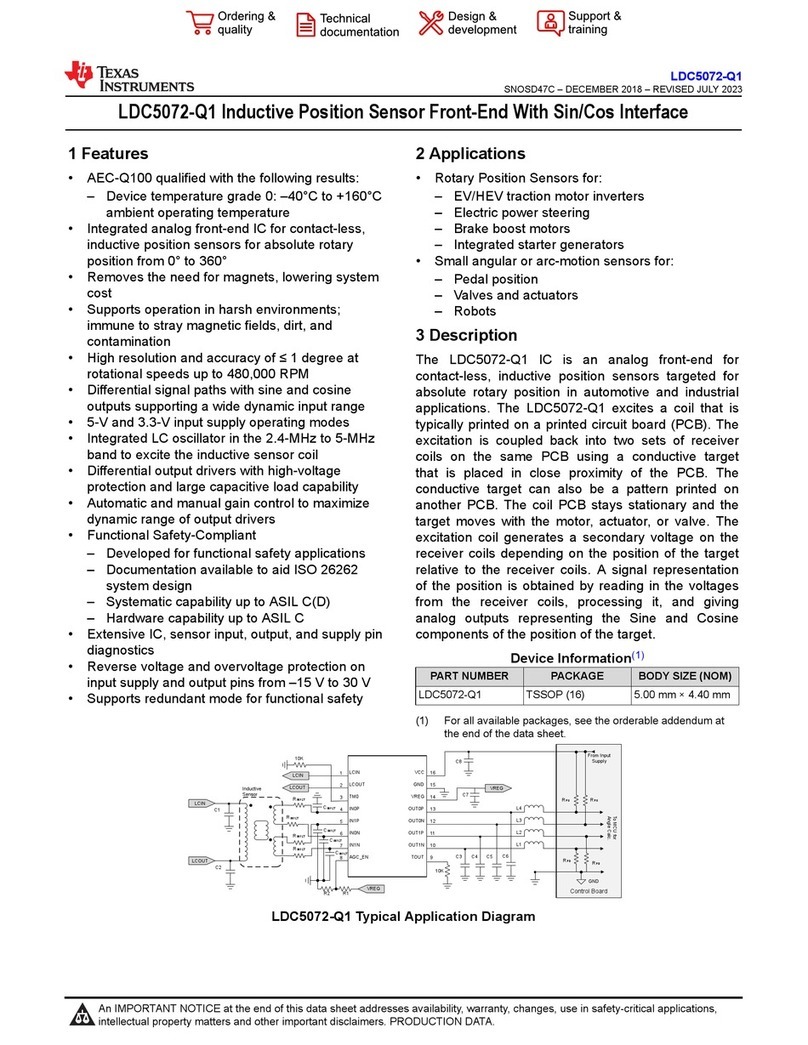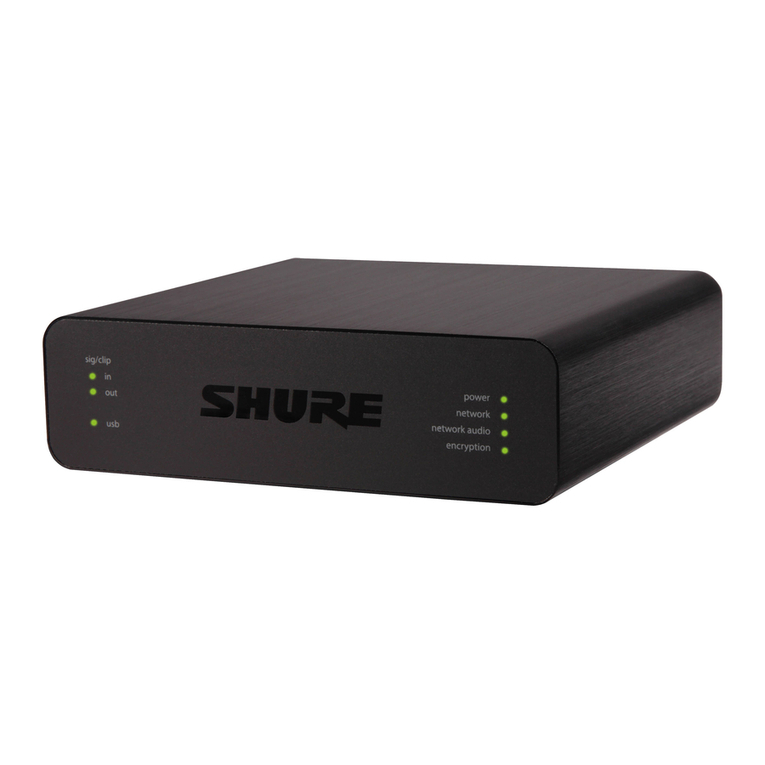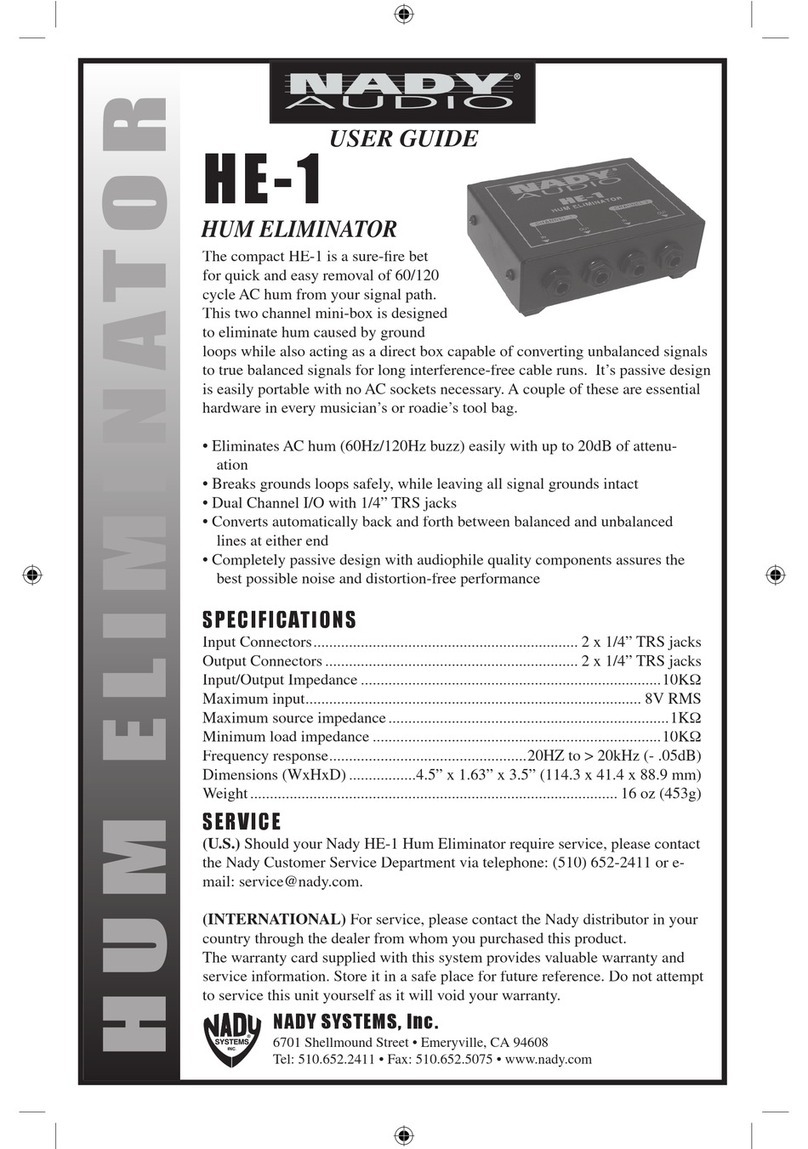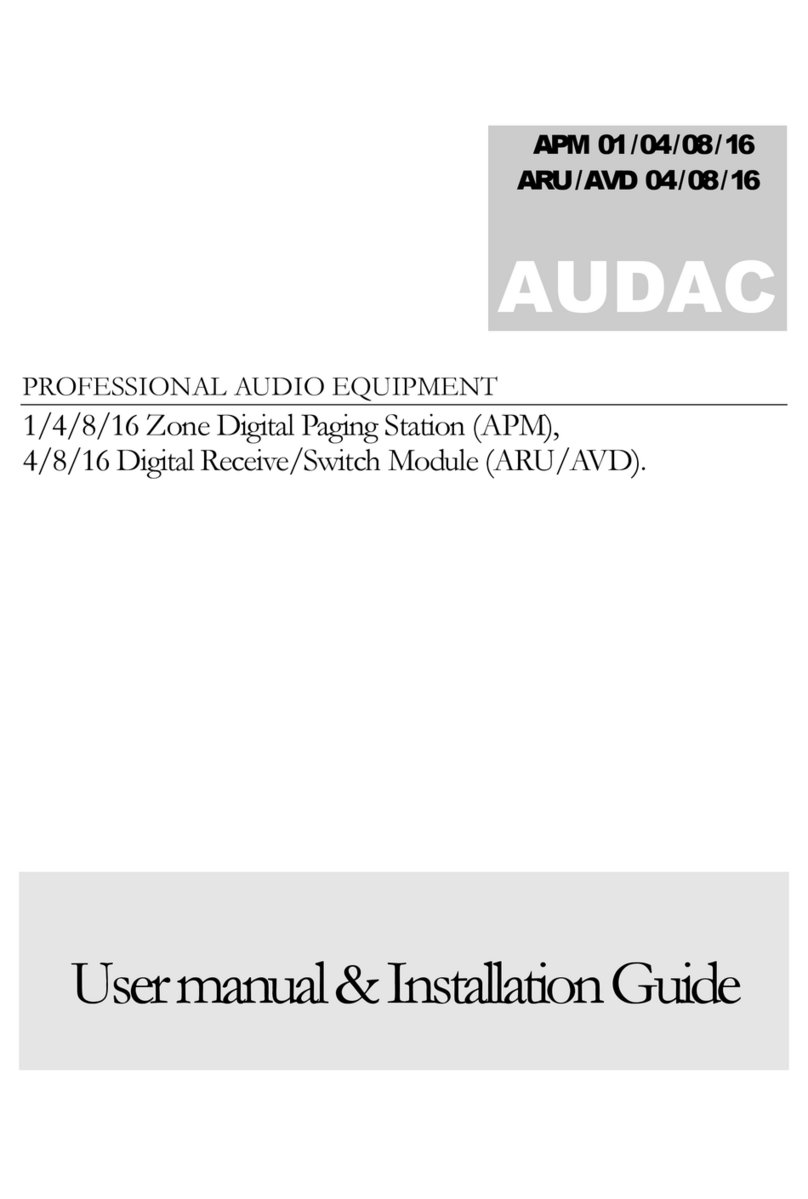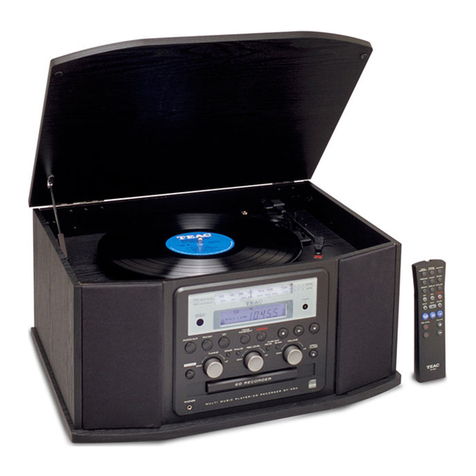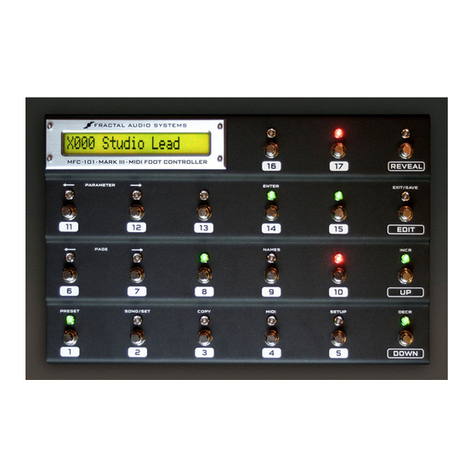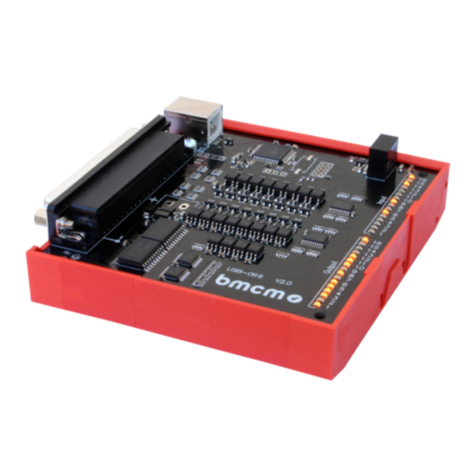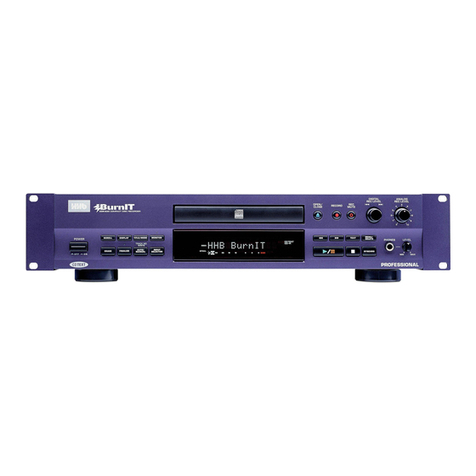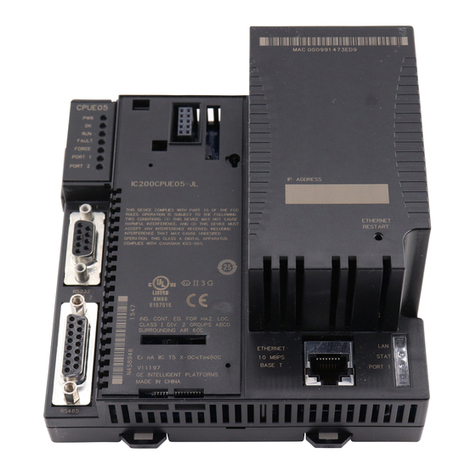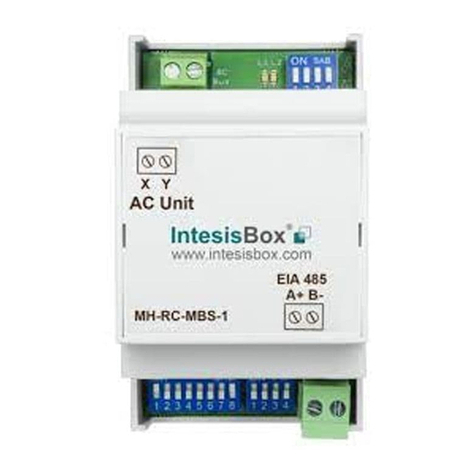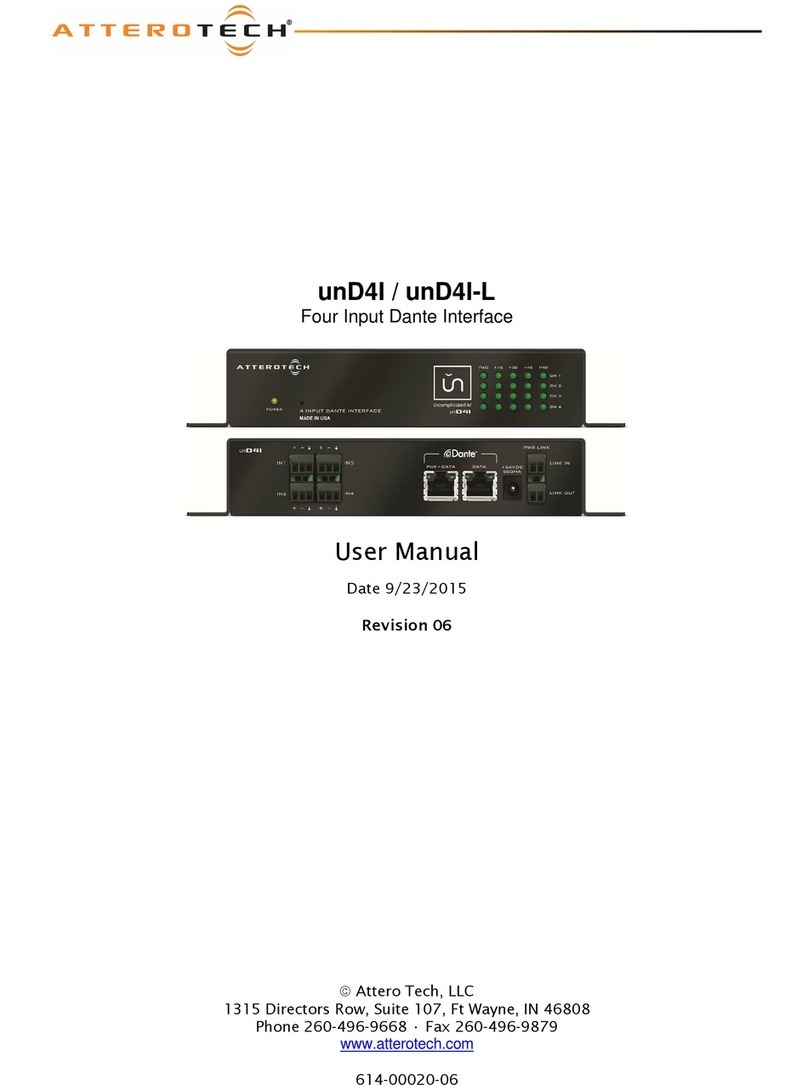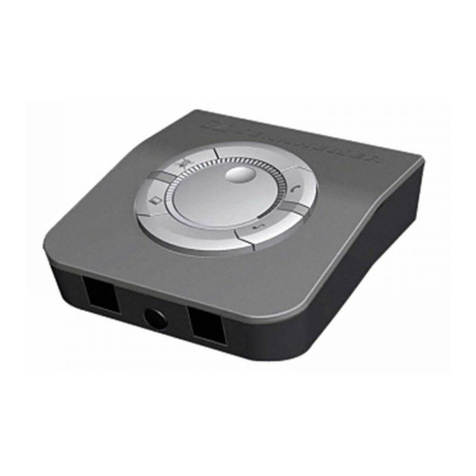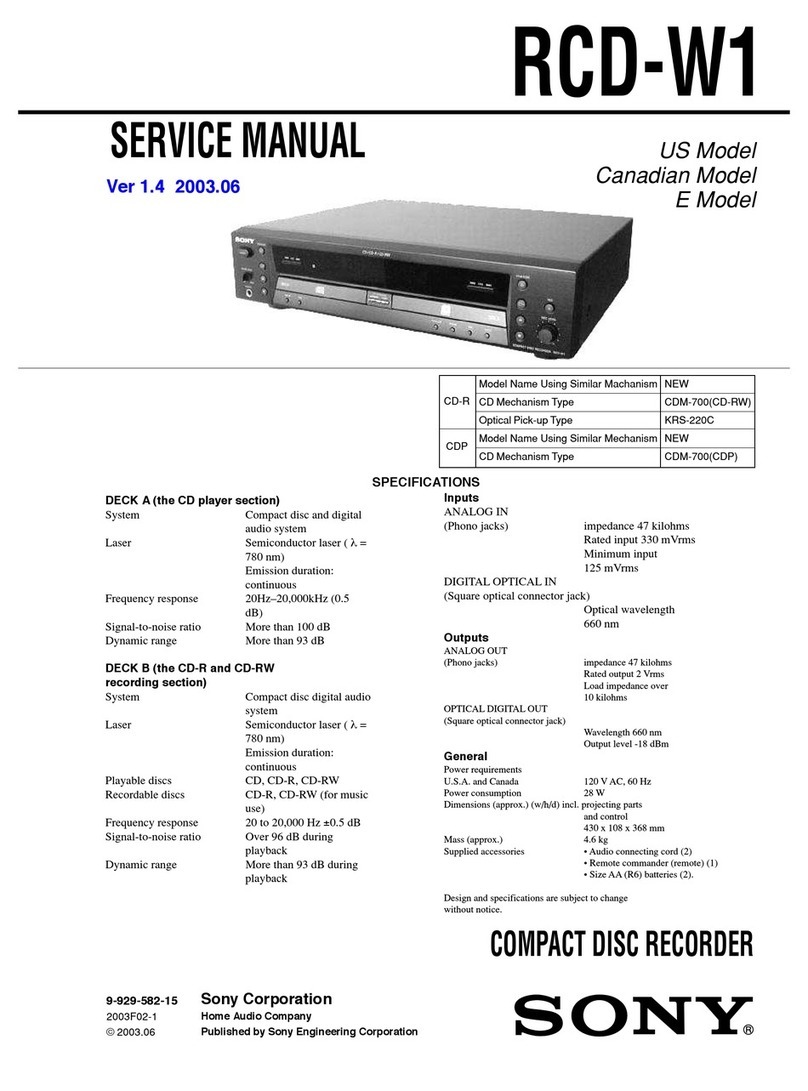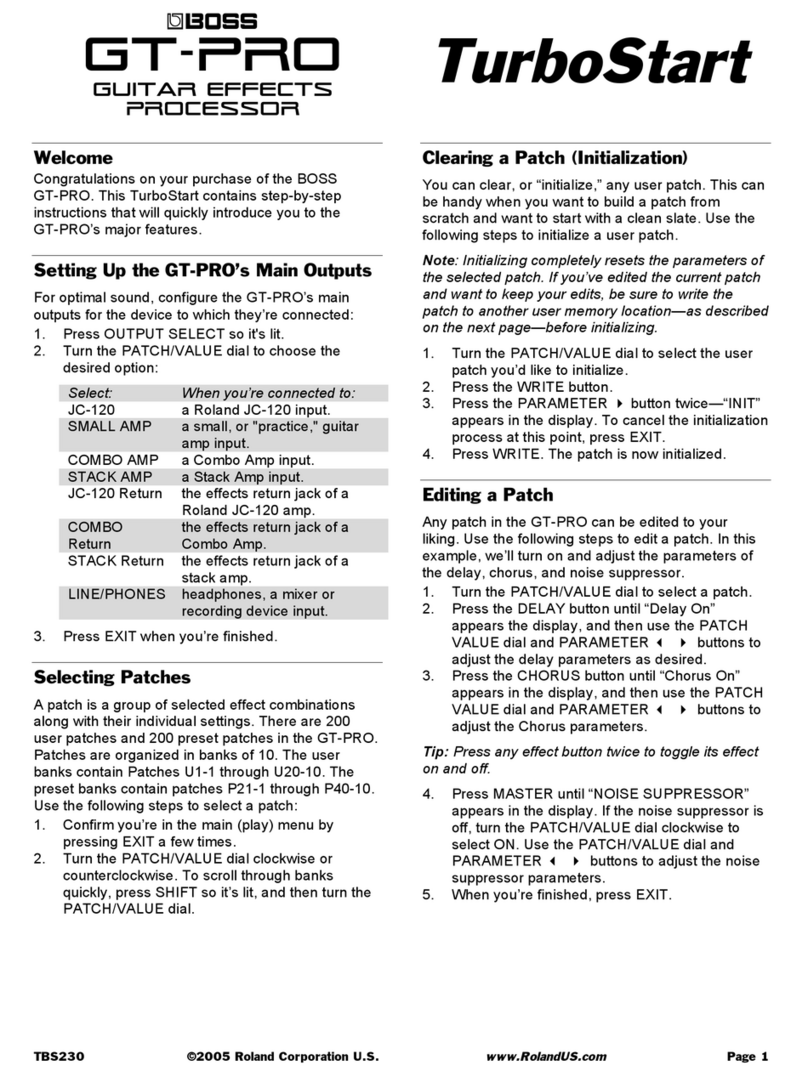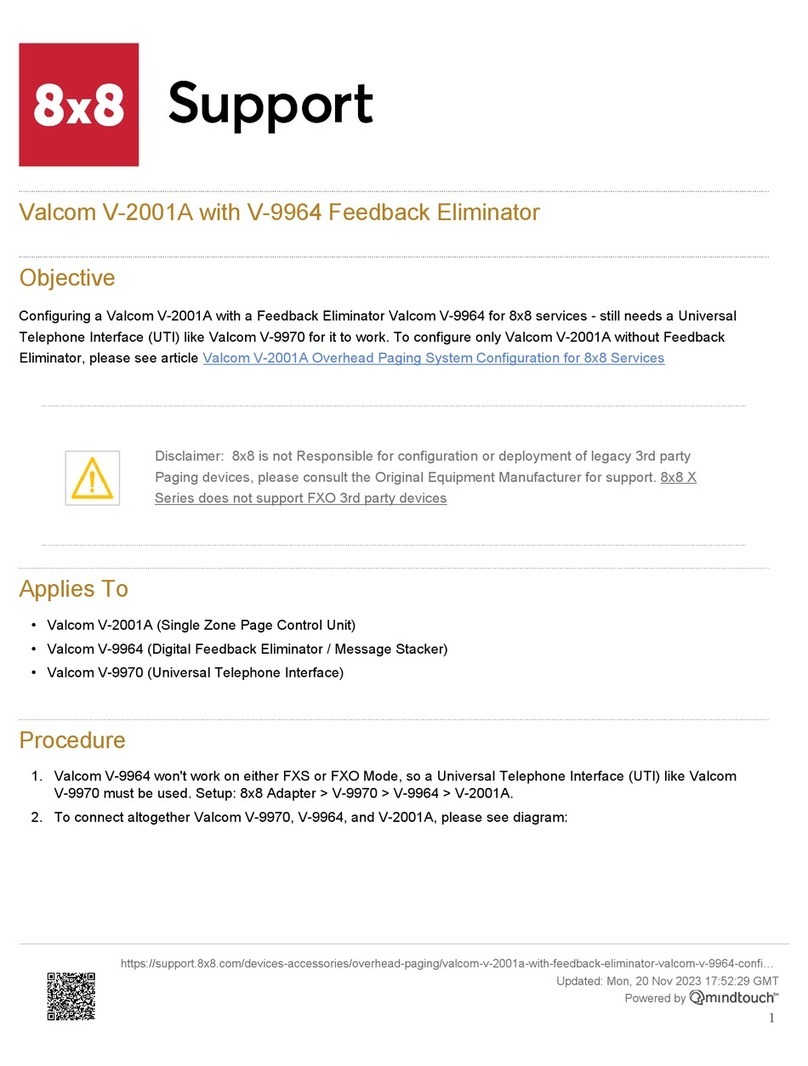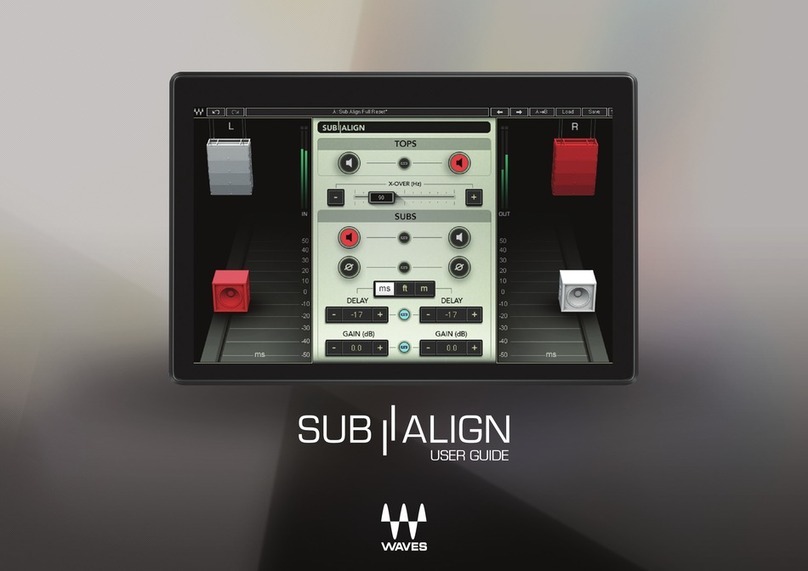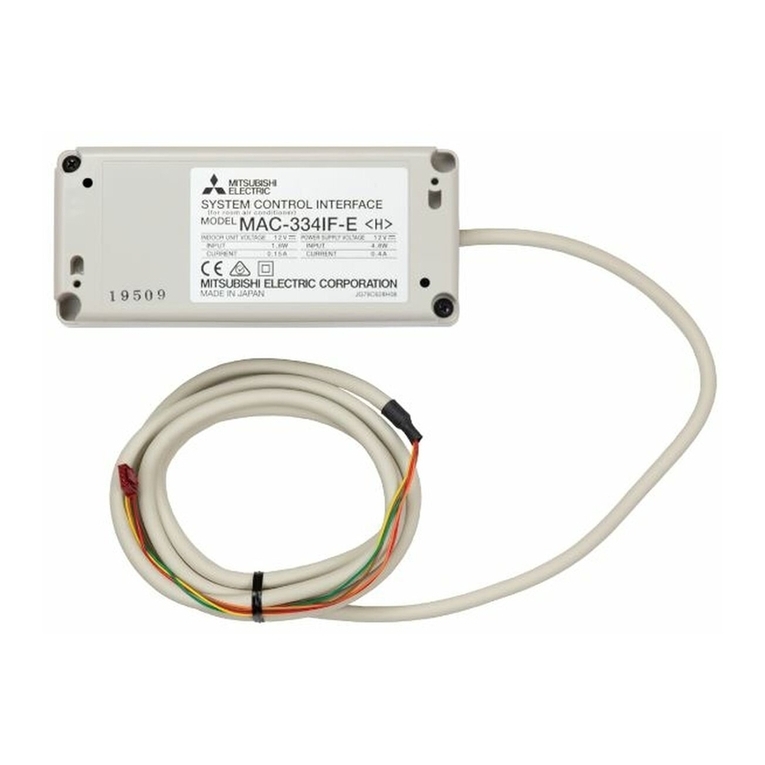
www.ti.com
List of Tables
3-1 Data Frame of BSL Commands .......................................................................................... 173-2 Recommendations for MSP430F149 ['F449] (T
A
= 25 °C, V
CC
= 3.0 V, f
max
= 6.7 MHz) .......................... 213-3 Recommendations for MSP430F2131 (T
A
= 25 °C, V
CC
= 3.0 V, f
max
= 6.7 MHz) .................................. 214-1 UART Protocol Interface .................................................................................................. 274-2 UART Error Messages..................................................................................................... 284-3 BSL Core Commands ..................................................................................................... 294-4 BSL Core Responses ...................................................................................................... 314-5 BSL Core Messages ....................................................................................................... 315-1 Serial-Port Signals and Pin Assignments ............................................................................... 345-2 RS-232 Levels .............................................................................................................. 345-3 Pin Assignment of Target Connector .................................................................................... 355-4 Universal BSL Interface Parts List ....................................................................................... 366-1 BSL Version 1.10 on F13x, F14x(1), F11x, and F11x1 ............................................................... 396-2 BSL Version 1.30 on F41x, F11x, and F11x1 .......................................................................... 406-3 BSL Version 1.40 on F12x ................................................................................................ 416-4 BSL Version 1.60 on F11x2, F12x2, F43x, F44x, FE42x, FW42x, FG43x, F415, F417 .......................... 426-5 BSL Version 1.61 on F16x, F161x, F42x0, F149 rev AA (and later) ................................................ 436-6 BSL Version 2.02 on F21xx, F22xx, F24x, F23x ....................................................................... 446-7 BSL Version 2.12/2.13 on FG46xx, F261x, F471xx .................................................................. 456-8 Flash BSL Software Version Codes ..................................................................................... 458-1 Standard 4-Wire JTAG Signals ........................................................................................... 528-2 JTAG Signal Implementation Overview ................................................................................. 538-3 JTAG Communication Macros ............................................................................................ 548-4 Memory Access Instructions .............................................................................................. 618-5 JTAG Control Signal Register for 1xx/2xx/4xx Families .............................................................. 638-6 JTAG Control Signal Register for 5xx Family .......................................................................... 648-7 Shared JTAG Device Pin Functions ..................................................................................... 668-8 Erase/Program Minimum TCLK Clock Cycles .......................................................................... 818-9 Flash Memory Parameters (f
FTG
= 450 kHz) ............................................................................ 888-10 MSP430 Device JTAG Interface (Shared Pins) ........................................................................ 908-11 MSP430 Device Dedicated JTAG Interface ............................................................................ 908-12 JTAG Features Across Device Families ................................................................................ 98A-1 Revision History ........................................................................................................... 111
SLAU265 – February 2009 List of Tables 7Submit Documentation Feedback
